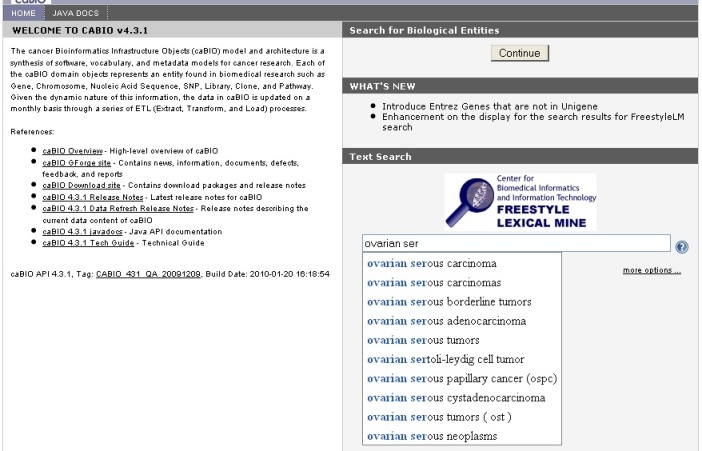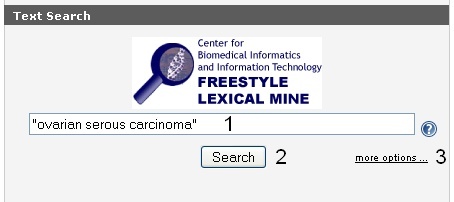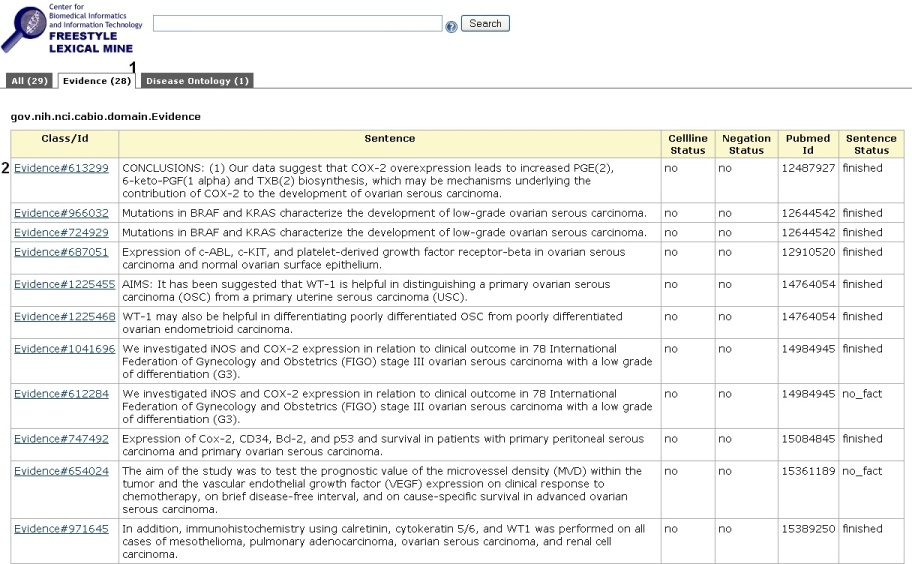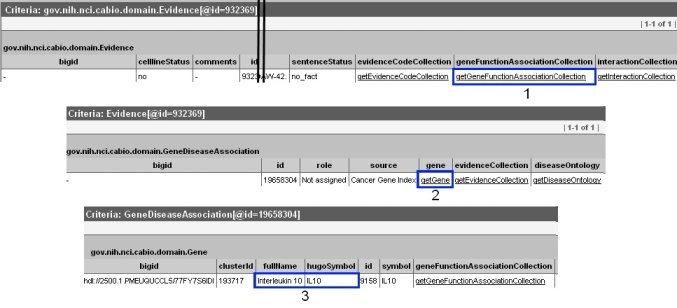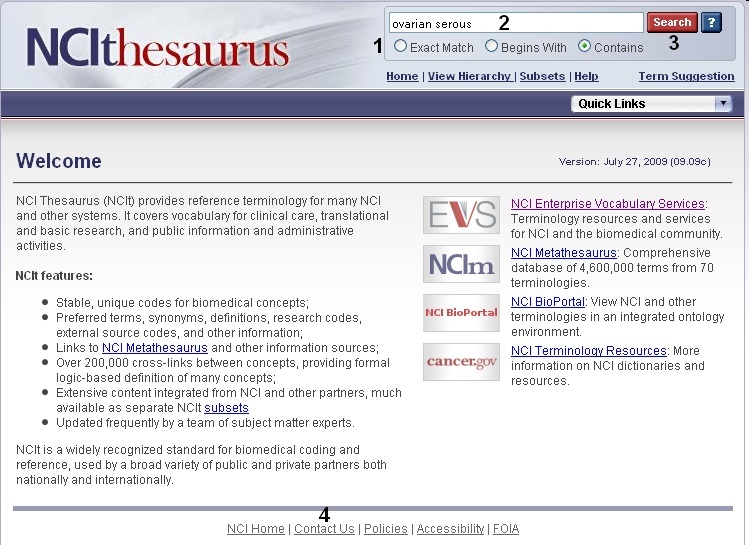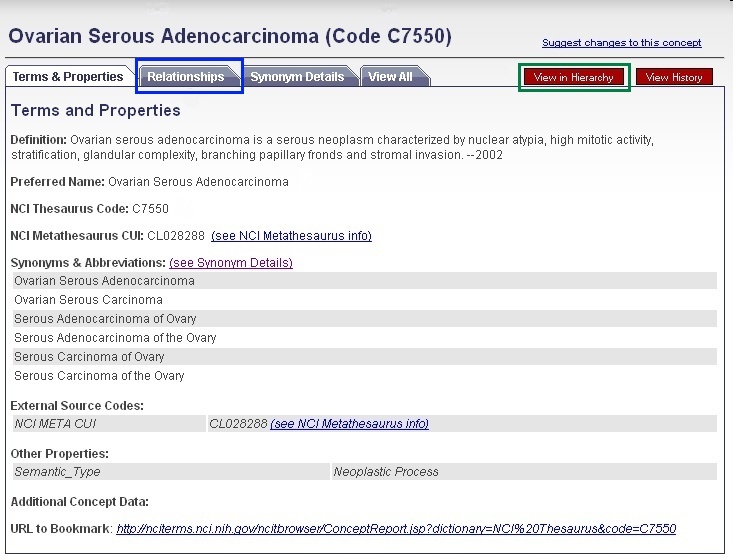 |
Page History
| Scrollbar | ||
|---|---|---|
|
| Section | |||||||||||||||||||||||||||||||||||||||||||||||||||||||||||||||||||||||||||||||||||||||||||||||||||||||||||||||||||||||||||||||||||||||||||||||||||||||||||||||||||||||||||||||||||||||||||||||||||||||||||||||||||||||||||||||||||||||||||||||||||||||||||||||||||||||||||||||||||||||||||||||||
|---|---|---|---|---|---|---|---|---|---|---|---|---|---|---|---|---|---|---|---|---|---|---|---|---|---|---|---|---|---|---|---|---|---|---|---|---|---|---|---|---|---|---|---|---|---|---|---|---|---|---|---|---|---|---|---|---|---|---|---|---|---|---|---|---|---|---|---|---|---|---|---|---|---|---|---|---|---|---|---|---|---|---|---|---|---|---|---|---|---|---|---|---|---|---|---|---|---|---|---|---|---|---|---|---|---|---|---|---|---|---|---|---|---|---|---|---|---|---|---|---|---|---|---|---|---|---|---|---|---|---|---|---|---|---|---|---|---|---|---|---|---|---|---|---|---|---|---|---|---|---|---|---|---|---|---|---|---|---|---|---|---|---|---|---|---|---|---|---|---|---|---|---|---|---|---|---|---|---|---|---|---|---|---|---|---|---|---|---|---|---|---|---|---|---|---|---|---|---|---|---|---|---|---|---|---|---|---|---|---|---|---|---|---|---|---|---|---|---|---|---|---|---|---|---|---|---|---|---|---|---|---|---|---|---|---|---|---|---|---|---|---|---|---|---|---|---|---|---|---|---|---|---|---|---|---|---|---|---|---|---|---|---|---|---|---|---|---|---|---|---|---|---|---|---|---|---|---|---|---|---|---|---|---|---|---|---|---|---|---|
| |||||||||||||||||||||||||||||||||||||||||||||||||||||||||||||||||||||||||||||||||||||||||||||||||||||||||||||||||||||||||||||||||||||||||||||||||||||||||||||||||||||||||||||||||||||||||||||||||||||||||||||||||||||||||||||||||||||||||||||||||||||||||||||||||||||||||||||||||||||||||||||||||
| Wiki Markup | |||||||||||||||||||||||||||||||||||||||||||||||||||||||||||||||||||||||||||||||||||||||||||||||||||||||||||||||||||||||||||||||||||||||||||||||||||||||||||||||||||||||||||||||||||||||||||||||||||||||||||||||||||||||||||||||||||||||||||||||||||||||||||||||||||||||||||||||||||||||||||||||||
{scrollbar:icons=false}
{section}
{column:width=30%}
{panel:title=Page Contents}
{toc:maxLevel=4}
{panel}
{panel:title=Documentation Table of Contents}
* [Documentation Main Page|https://wiki.nci.nih.gov/x/hC5yAQ]
* [Creation of the Cancer Gene Index|https://wiki.nci.nih.gov/x/DS9yAQ]
* [Data, Metadata, and Annotations|https://wiki.nci.nih.gov/x/zC1yAQ]
* [Cancer Gene Index Gene-Disease and Gene-Compound XML Documents|https://wiki.nci.nih.gov/x/8i1yAQ]
* [caBIO APIs|https://wiki.nci.nih.gov/x/7zByAQ]
* [Cancer Gene Index Shared Parsed Data and Code|https://wiki.nci.nih.gov/x/hzJyAQ]
* [caBIO Portlet Templated Searches|https://wiki.nci.nih.gov/x/0C9yAQ]
* [caBIO Home Page|https://wiki.nci.nih.gov/x/TTByAQ]
* [caBIO iPhone Application|https://wiki.nci.nih.gov/x/VDFyAQ]
* [caBIO Portlet Simple Searches|https://wiki.nci.nih.gov/x/-TByAQ]
* [Glossary|https://wiki.nci.nih.gov/x/si9yAQ]
* [Credits and Resources|https://wiki.nci.nih.gov/x/yS9yAQ]
{panel}
{tip:title=Need Additional Help?}If you need additional support, please contact the [NCICB Support Group|http://ncicb.nci.nih.gov/support].{tip}
{info:title=To Print the Guide}We recommend you print one wiki page of the guide at a time. To do this, click the printer icon at the top right of the page; then from the browser File menu, choose Print. Printing multiple pages at one time is more complex. For instructions, refer to [WikiTrainFAQsTips:How do I print multiple pages?].
{info}
{info:title=Having Trouble Reading the Text?}Resizing the text for any web page is easy. For information on how to do this in your web browser, refer to this [W3C tutorial|http://www.w3.org/WAI/changedesign] {multi-excerpt-include:wikicontent:Exit Disclaimer to Include|name=ExitDisclaimer|nopanel=true}.{info}
{column}
{column}
h1. Searching for Genes Associated with a Disease
To use the [caBIO Home Page Freestyle Lexical Mine|http://cabioapi.nci.nih.gov/cabio43/Home.action] tool to find genes that are associated with a cancer-related disease, begin typing keywords into the search field. Because the tool suggests caBIO terms that match the characters you have entered, it is relatively easy to find a disease term that matches your desired disease concept.
!DiseaseSearch.jpg|alt="Disease Search"!
If you would like to search for any disease term that contains a string use the special character "\*." For example, "ovarian serous adenocarcinoma" would only return objects that have attributes containing this _exact_ disease term, but "\*ovarian\*" will retrieve objects with attributes containing any term with the string "ovarian."
After entering a search term (1), click the Submit button (2) to retrieve results. Although you may limit your search by clicking on the {{more options ...}} link, this is not required (3).
{tip:title=Tip}If you have cannot find an appropriate search term, click the {{Contact Us}} link for help.{tip}
!DiseaseSearch2.jpg|alt="Disease Search 2"!
h1.Search Results
The caBIO Home Page Freestyle Lexical Mine will retrieve objects with attributes that match your search term. These objects are grouped by type, which are shown as tabs at the top of the results page. To view genes that are associated with your disease term of interest, click the Evidence tab at the top of the page (1).
Each row in the Evidence results table is a truncated view of an {{Evidence}} object (that is, not all attributes and methods are shown on this page), where columns include:
* the class and identifier ({{Class/Id}}),
* evidence of the gene-disease association ({{Sentence}}),
* whether the evidence was collected from experiments involving cell lines ([{{Cellline Status}}|Data, Metadata, and Annotations#Indicators]),
* whether the evidence is negative that is, gene X is not associated with disease or compound Y; [{{Negation Status}}|Data, Metadata, and Annotations#Indicators]),
* the PubMed identifier for the abstract from which the evidence was extracted ({{Pubmed Id}}), and
* whether the status of the sentence ([{{Sentence Status}}|Data, Metadata, and Annotations#sentence status flags]).
For additional information on the attributes of the {{Evidence}} type objects, refer to the section [Data, Metadata, and Annotations|https://wiki.nci.nih.gov/x/zC1yAQ].
!PortalFreestyleDiseaseResults_Evidence.jpg|alt="Portal Freestyle Disease Results"!
h1. Finding the Gene Associated with the Evidence
To discover which gene is associated with each piece of evidence, click on the {{Class/Id}} link for the desired object. This will open the full {{Evidence}} type object. Scroll over to the right, and click on {{getGeneFunctionAssociationCollection}} method link (1) to view the {{Gene Disease Association}} type object. This object has a role attribute that contains one or more [Role Codes|Data, Metadata, and Annotations#Role Codes] or [Role Details|Data, Metadata, and Annotations#Role Details] that describe the nature of the gene-disease relationship, as well as a notation that the Cancer Gene Index is the source of these data.
{tip:title=Tip}If you do not want to spend time navigating through the caBIO object model for candidate gene-disease associations that were found to be false positives to other data by [expert human curators|https://wiki.nci.nih.gov/x/DS9yAQ], select only {{Evidence}} objects where the {{Sentence Status}} is {{finished}} and the {{Negation Status}} is {{no}}.{tip}
{info:title=Note}A single piece of evidence may have multiple Role Codes and Role Details describing the gene-disease association, and the evidence may also describe gene-compound associations. Thus, after clicking the {{getGeneFunctionAssociationCollection}} link, you may see multiple retrieved objects of type {{
|
